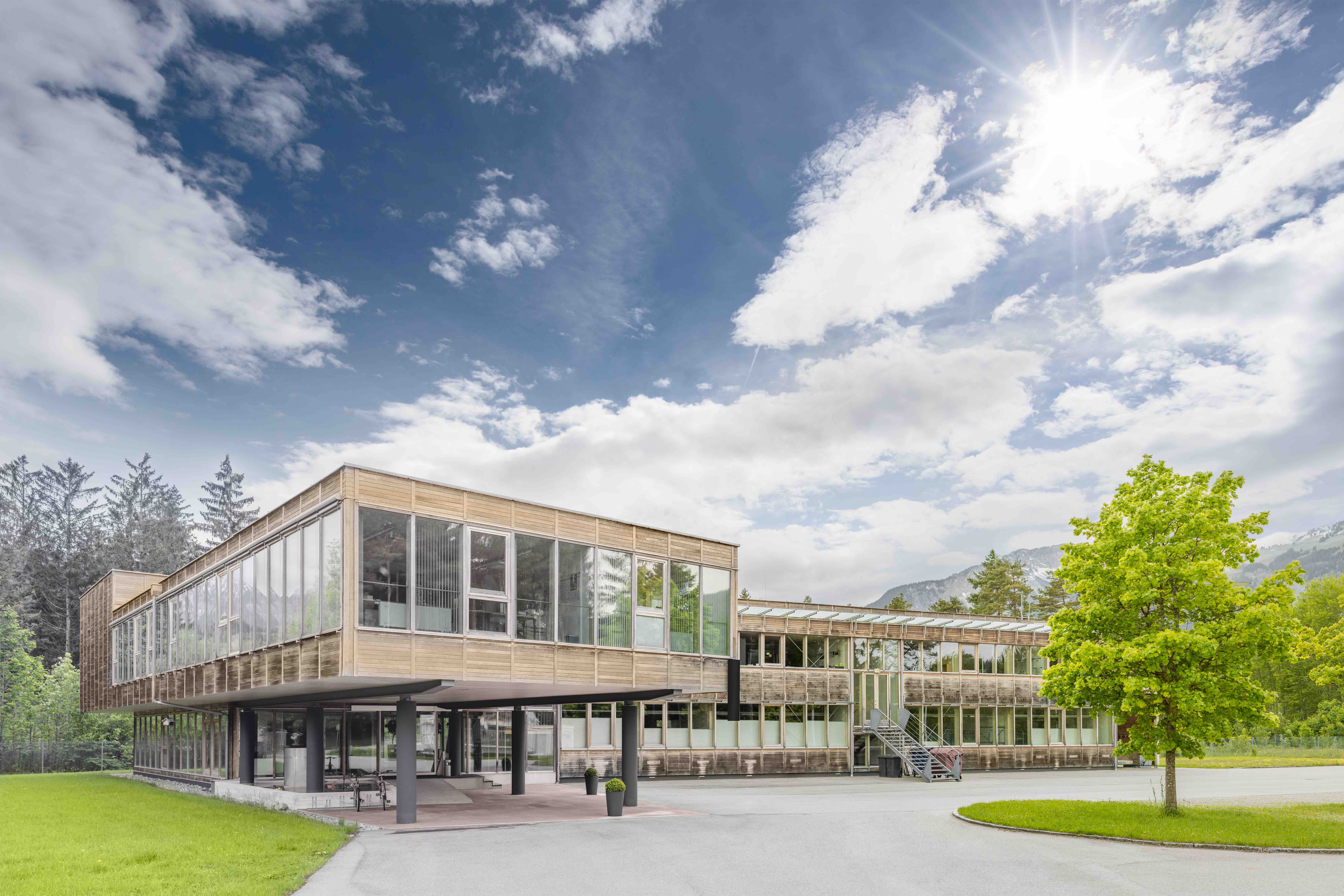Between decoration and the creation of spaces. Among the most artistic and functional sense. Between luxury and sobriety. Between bioclimatic efficiency and the latest technology. The work carried out by interior designers around the world has recently acquired a global projection of trends.
However, each continent preserves the essence that identifies local tastes. The history of each town or the evolution of the trends that govern them. In The Decorative Surfaces we undertake a journey through five names that, in some way, identify the way of creating and decorating spaces in relation to the tastes of the environment they inhabit.
Efficient America
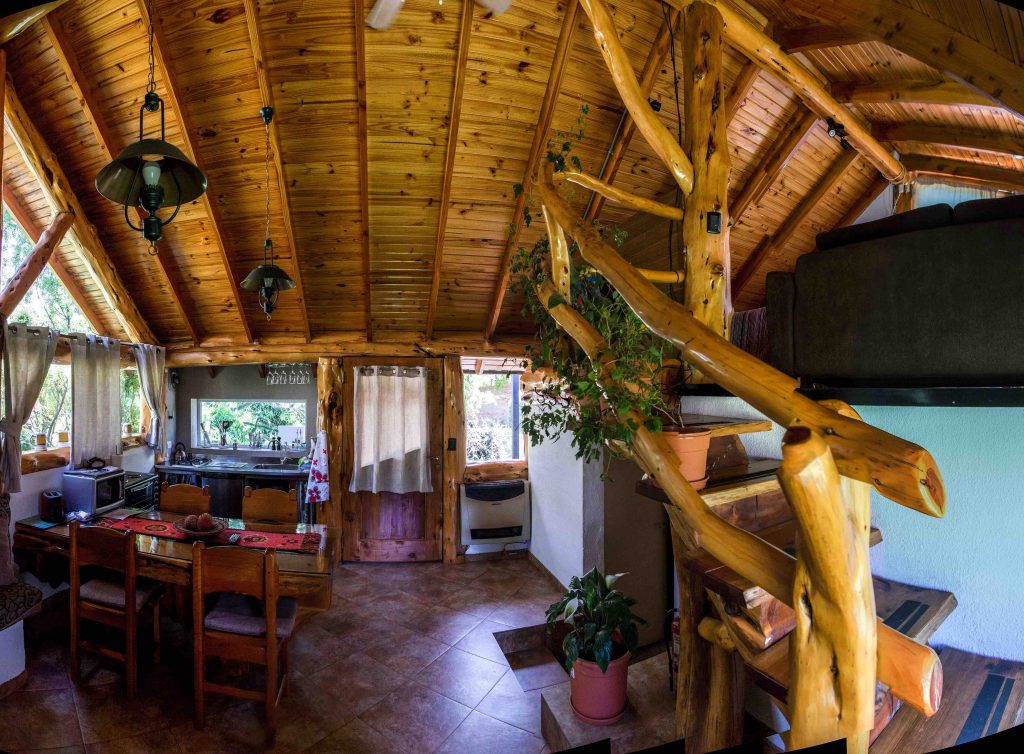
We put the focus on Central America, by the hand of Héctor Delmar, Prisma Prize 2019. He is a reflection of how respect for the environment can guide interventions in interior spaces. Additionally, he is the promoter of bioclimatic concepts. As well as sober praxis in contexts of enclaves that preserve the wealth of the passage of time.
According to the architect, “interior design today uses materials with greater efficiency, less energy embedded in their manufacture, which try to enter the circular and no longer linear life cycle, which are recycled or not recycled,” he explained to The Decorative Surfaces.
Vernacular Africa
Hugo Harmity has been developing all his professional activity from South Africa for more than two decades. He’s developed projects in other countries of the continent, such as Namibia, Ghana, Zambia, Madagascar or Zimbabwe. Therefore, this professional of Argentine origin knows very well where African interior design is going and has specialized in a booming type of home: the single-family home.
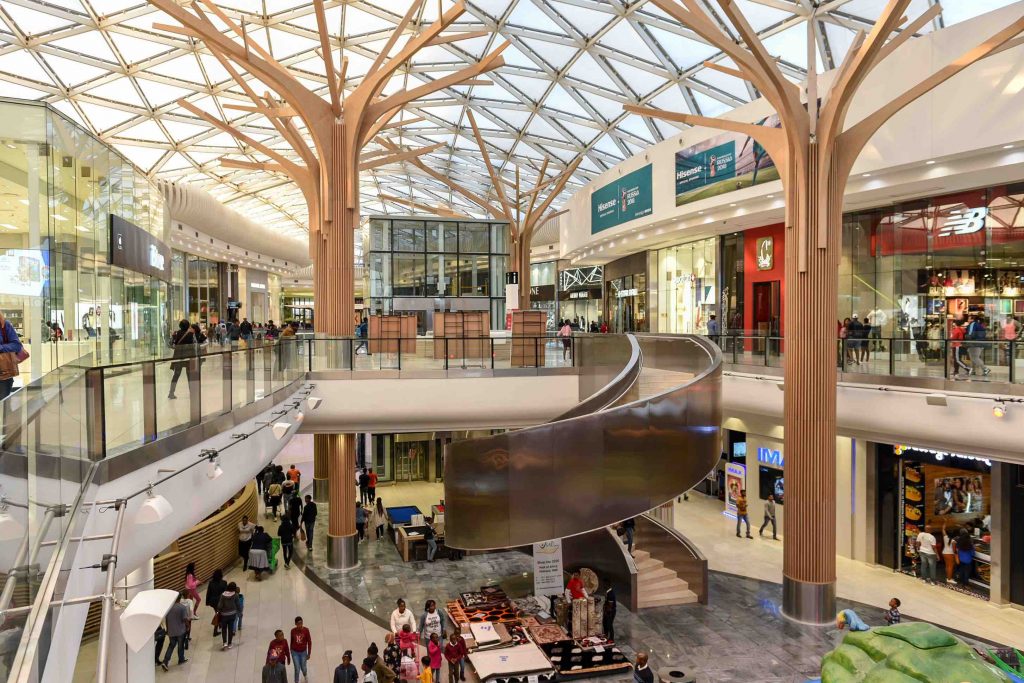
From his country of residence, and from his atelier in the capital, Johannesburg, he perceives in Africa “various architectural identities that coexist together in the same cities. Each of them has a different architectural history to tell, and movement is added to all this contemporary and international modernist of recent years, which also has its own expression with vernacular touches “. This was expressed in statements he made to the Argentine newspaper La Nación.
Luxurious Oceania
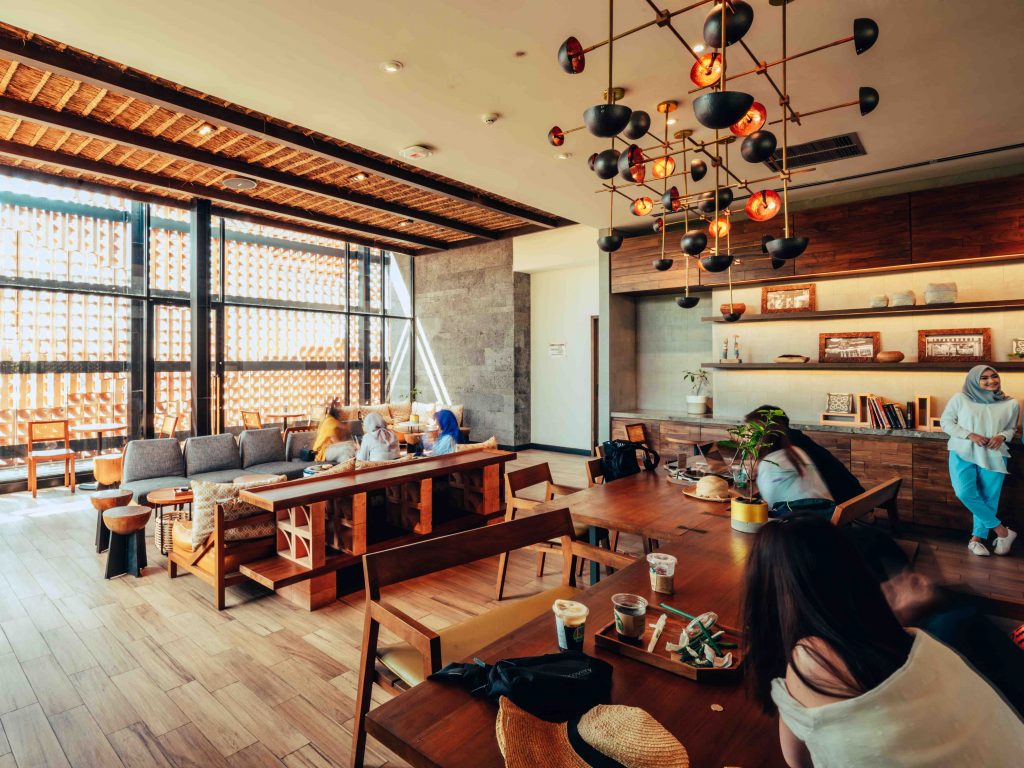
Alejandro Borrego is a Spanish architect and interior designer who lives in Bali. He has his atelier there; from which he projects the trends they like in an area marked by luxury and the qualities of materials. “Living and working on the islands of Lombok and Bali has given me a refined understanding of local materials, climate, and traditional architecture that allows us to harmoniously assimilate Modernism with the island’s traditional wisdom.”
Smart and sustainable design join the luxurious epithet that marks the work of the interior designer in this area of the planet. And, as we have seen in previous articles, the use of surfaces made from recycled materials or wood of eco-efficient origin, mark the roots of the spaces. These dialogue with the beaches, rice fields and open-air temples that characterize Indonesia.
Creative Europe
Arik Levy is an artist based in Paris. From here, he looks at European trends always with an additional contribution, they are his own label that inspires many professionals from the continent. He is a visionary, a trendsetter, and an architect who finds limits in creativity and innovation.
As a COMPAC Creative Director, he has recently developed projects with the firm’s new material, Obsidiana. However, as a benchmark in the field in Europe and in the world, he observed a few years ago in the pages of El País: “The world works by juxtapositions. It is absurd for a designer to isolate himself in a redoubt. The mixture shows that you have lived.”
Asia ‘naturally perfect’
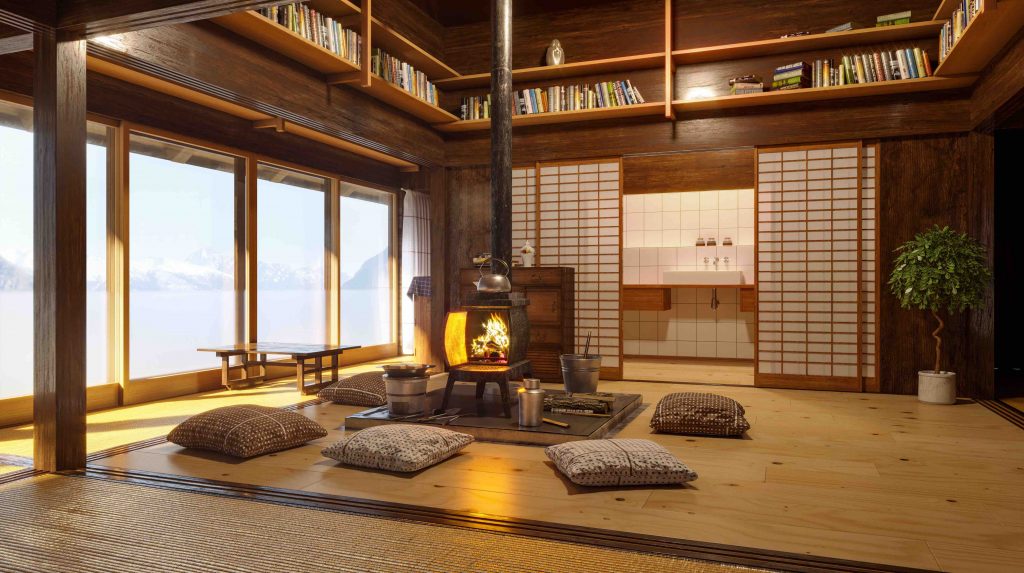
Luxury world decorator Bruno Moinard recently said that “everything is beautiful in Japan, from the sewer to the paving stones to the pavement, everything is so naturally perfect that it seems pre-designed ad hoc.” These words are the ones that usually inspire this creator of spaces. He finds in the Japanese country the necessary relaxation point to habitually inspire the new creations and commissions he receives.
From Asia, it is still difficult to define a trend that marks a unique style to label. Yes, on the other hand, for a western mentality focused on the accumulation of materials and objects in the same space, we could extract as a distinctive note of the design that is practiced in the East. A new modernism the aspiration to minimalism, reductionism and functionalism as a form to interpret the daily professional life.

